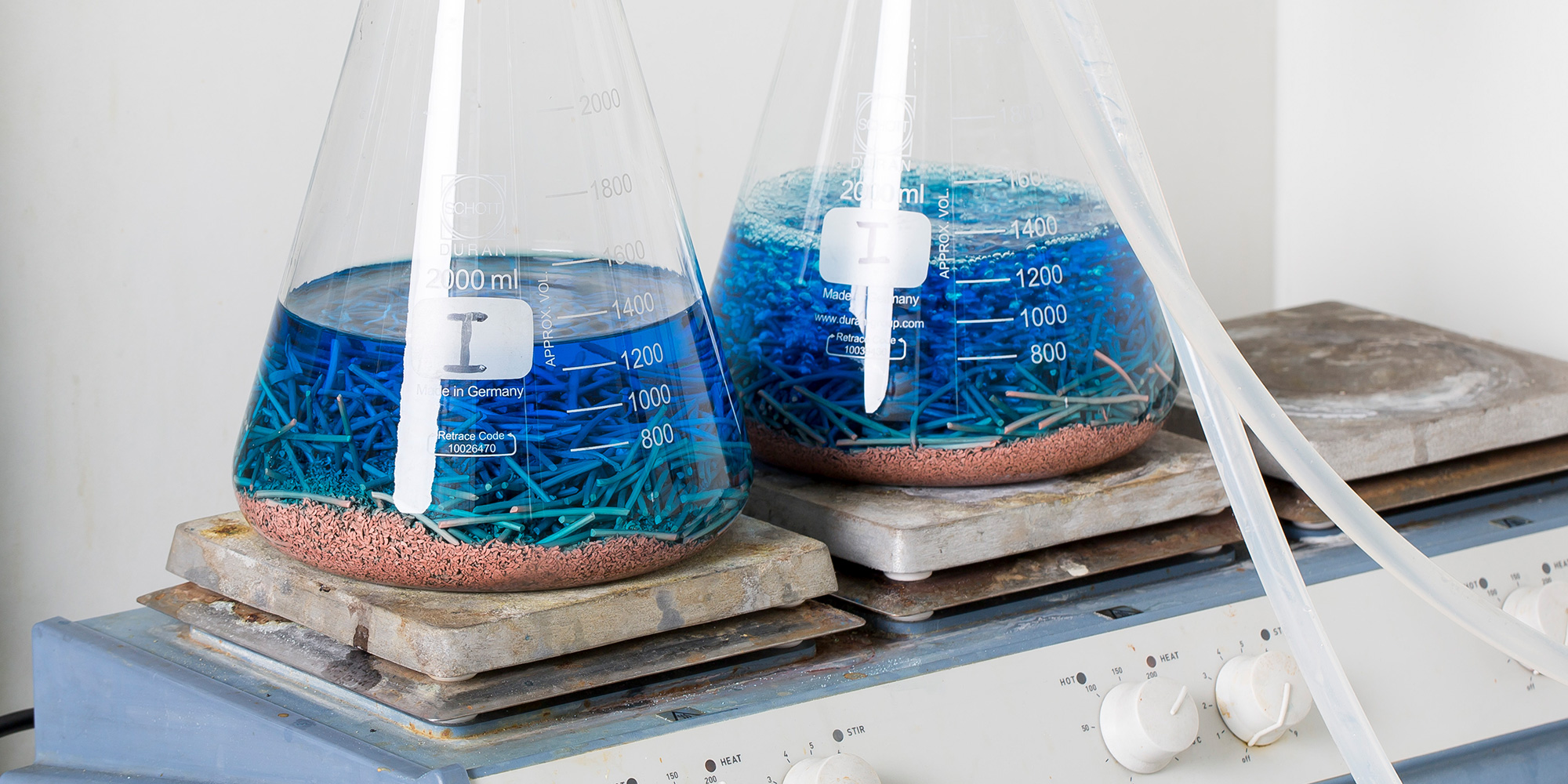UOP 139 Stress Corrosion Cracking Testing
The UOP 139 test method is a critical procedure used in the oil and gas sector to identify the susceptibility of materials to stress corrosion cracking (SCC). SCC is a form of environmentally assisted cracking that can significantly impact the integrity, reliability, and lifespan of critical components such as pipelines, storage tanks, and pressure vessels. Understanding and addressing this issue early on through rigorous testing ensures compliance with industry standards and helps prevent catastrophic failures.
The UOP 139 test evaluates materials under stress in a corrosive environment to assess their resistance to SCC. This is particularly important for materials that are subjected to tensile stresses, such as carbon steels, stainless steels, nickel alloys, and other high-strength metals used in the oil and gas industry.
SCC can occur when a material is exposed to specific environmental conditions, including specific corrosive environments like hydrogen sulfide (H₂S) or chlorides. The UOP 139 test replicates these conditions to determine if the material will develop cracks under stress in such environments. This information is invaluable for selecting appropriate materials and designing components that can withstand operational stresses without compromising safety.
The test involves subjecting a specimen to a tensile load while immersing it in a corrosive solution at elevated temperatures. The duration of exposure, temperature, and the type of environment are critical parameters that must be precisely controlled to ensure accurate results. Once the test is completed, any cracks or changes in the appearance of the material are carefully examined under a microscope.
Understanding the mechanisms behind SCC involves several key factors:
- Material composition
- Type and concentration of corrosive environment
- Tensile stress applied to the specimen
- Elevated temperature conditions
The UOP 139 test is widely recognized for its ability to provide insight into the SCC behavior of materials, making it a cornerstone in the oil and gas industry. Compliance with this method ensures that materials used are robust enough to withstand the operational demands without succumbing to cracks caused by stress corrosion.
Scope and Methodology
| Test Parameter | Description |
|---|---|
| Tensile Load | The specimen is subjected to a controlled tensile load that simulates real-world stress conditions. |
| Corrosive Environment | Specimens are immersed in either an H₂S or chloride solution, depending on the material and application. |
| Temperature | The test is conducted at elevated temperatures to accelerate the cracking process for faster results. |
| Duration of Exposure | The duration can vary from a few hours up to several days, depending on the material and environmental conditions. |
The UOP 139 test is conducted in strict adherence to the ISO standards for stress corrosion cracking testing. The procedure involves meticulous specimen preparation, controlled environmental exposure, and rigorous examination of any cracks or changes that occur under stress in a corrosive environment.
Benefits
Implementing UOP 139 Stress Corrosion Cracking Testing brings numerous benefits to the oil and gas industry:
- Avoidance of Failures: Identifying SCC susceptibility early helps prevent catastrophic failures in critical components.
- Improved Material Selection: Ensures that only materials with high resistance to SCC are used, enhancing operational safety and reliability.
- Compliance: Meets industry standards and regulatory requirements for material integrity testing.
- Risk Mitigation: Reduces the risk of unplanned downtime or catastrophic failure due to cracking.
- Data-Driven Decision Making: Provides reliable data that supports informed decisions about component design, materials selection, and operational conditions.
The UOP 139 test is a vital tool for quality managers, compliance officers, R&D engineers, and procurement professionals in ensuring the integrity of critical components used in oil and gas operations. By understanding SCC susceptibility early, stakeholders can take proactive measures to mitigate risks and ensure long-term reliability.
International Acceptance and Recognition
- The UOP 139 test is widely accepted in the oil and gas industry, particularly for materials used in pipelines and storage tanks.
- Many international standards organizations recognize its importance, including ASTM (ASTM E1046-18), ISO (ISO 25712:2012), and EN (EN 10346).
- The test is recommended by regulatory bodies such as the American Petroleum Institute (API) for compliance purposes.
- Industry associations like the Society of Petroleum Engineers (SPE) also recommend UOP 139 testing to ensure material integrity in oil and gas operations.
The acceptance of this test method is further evidenced by its inclusion in numerous industry guidelines and standards. Its robustness and reliability have made it a preferred choice for ensuring the longevity and safety of critical infrastructure in the oil and gas sector.





